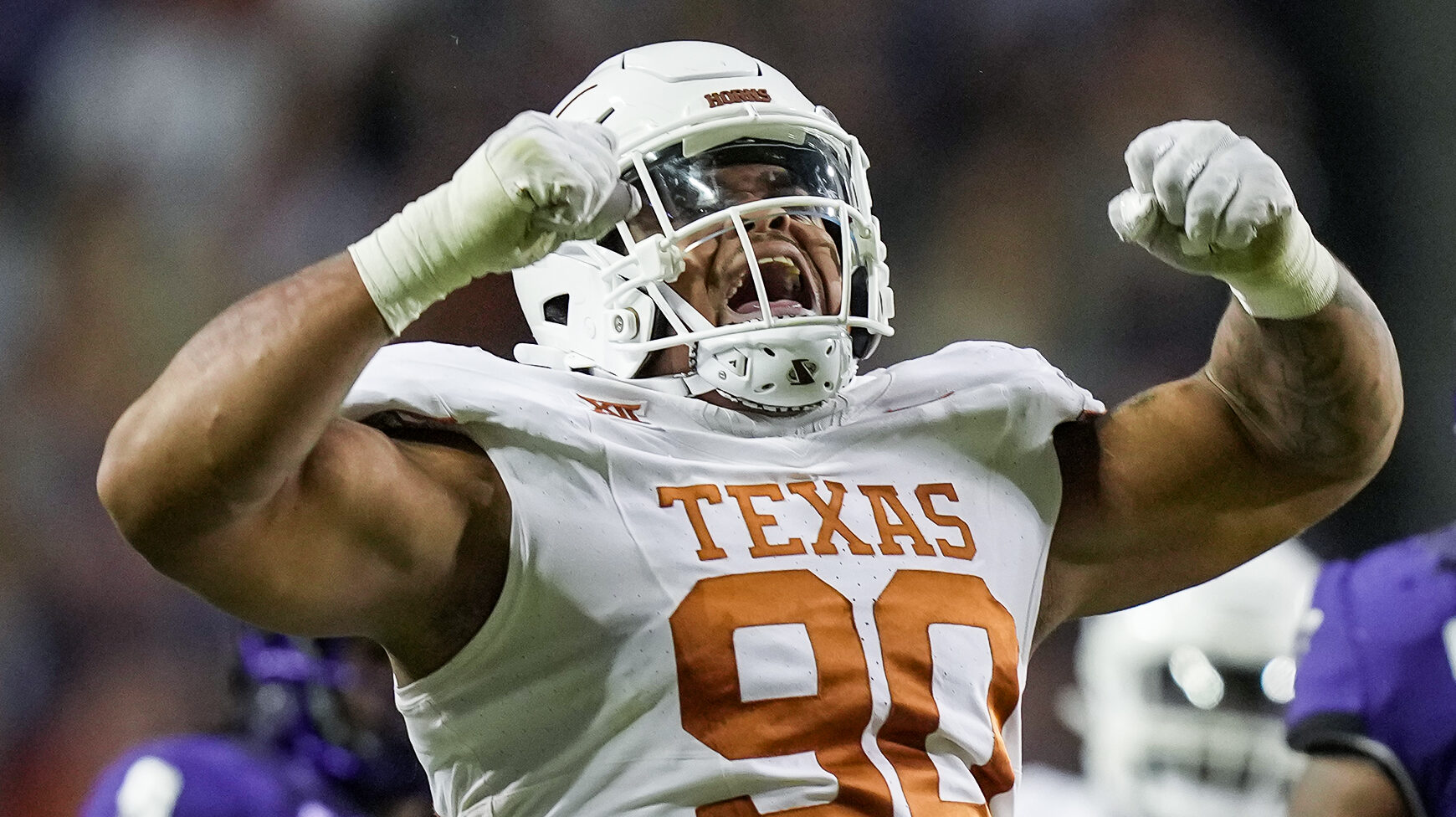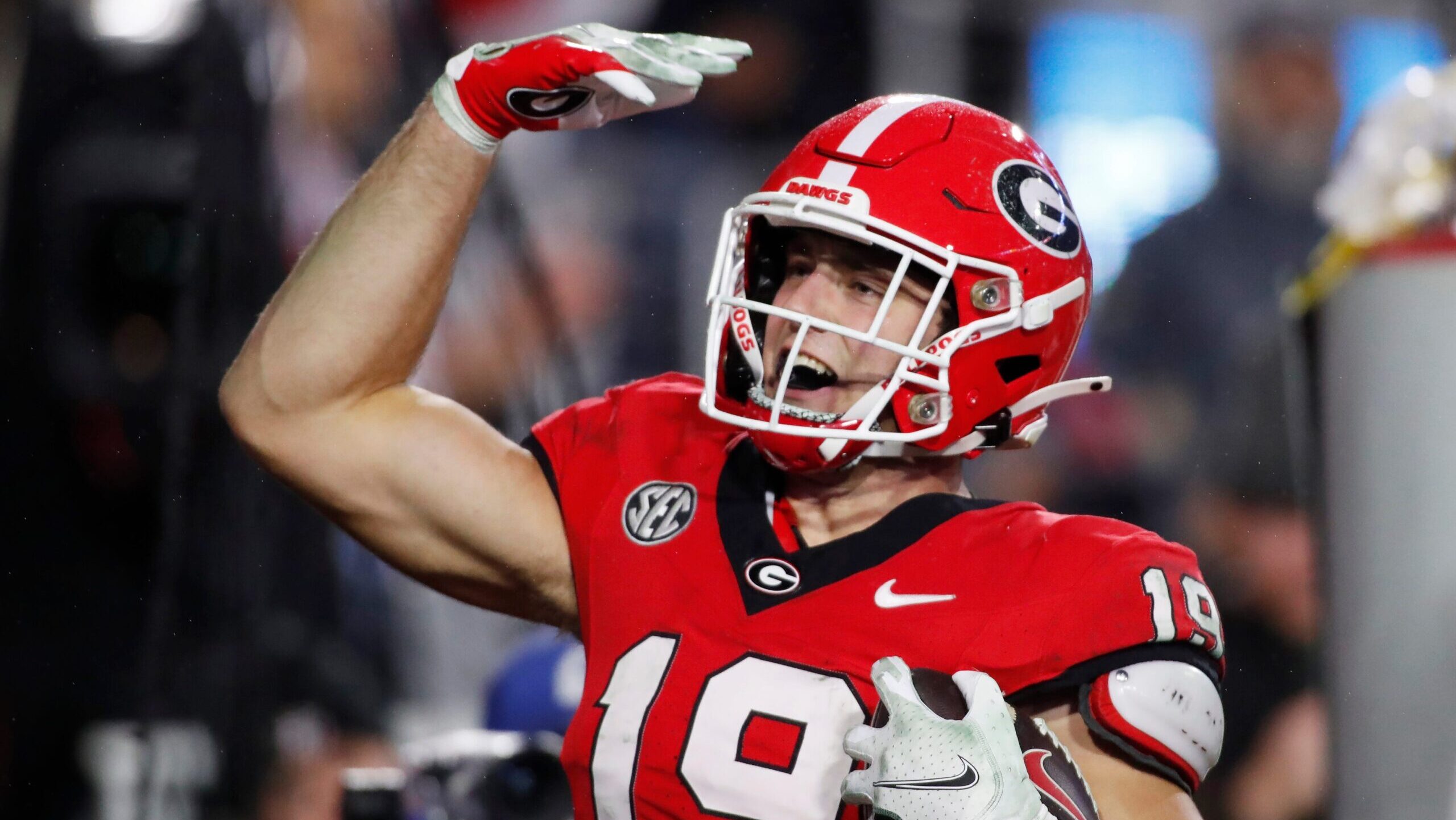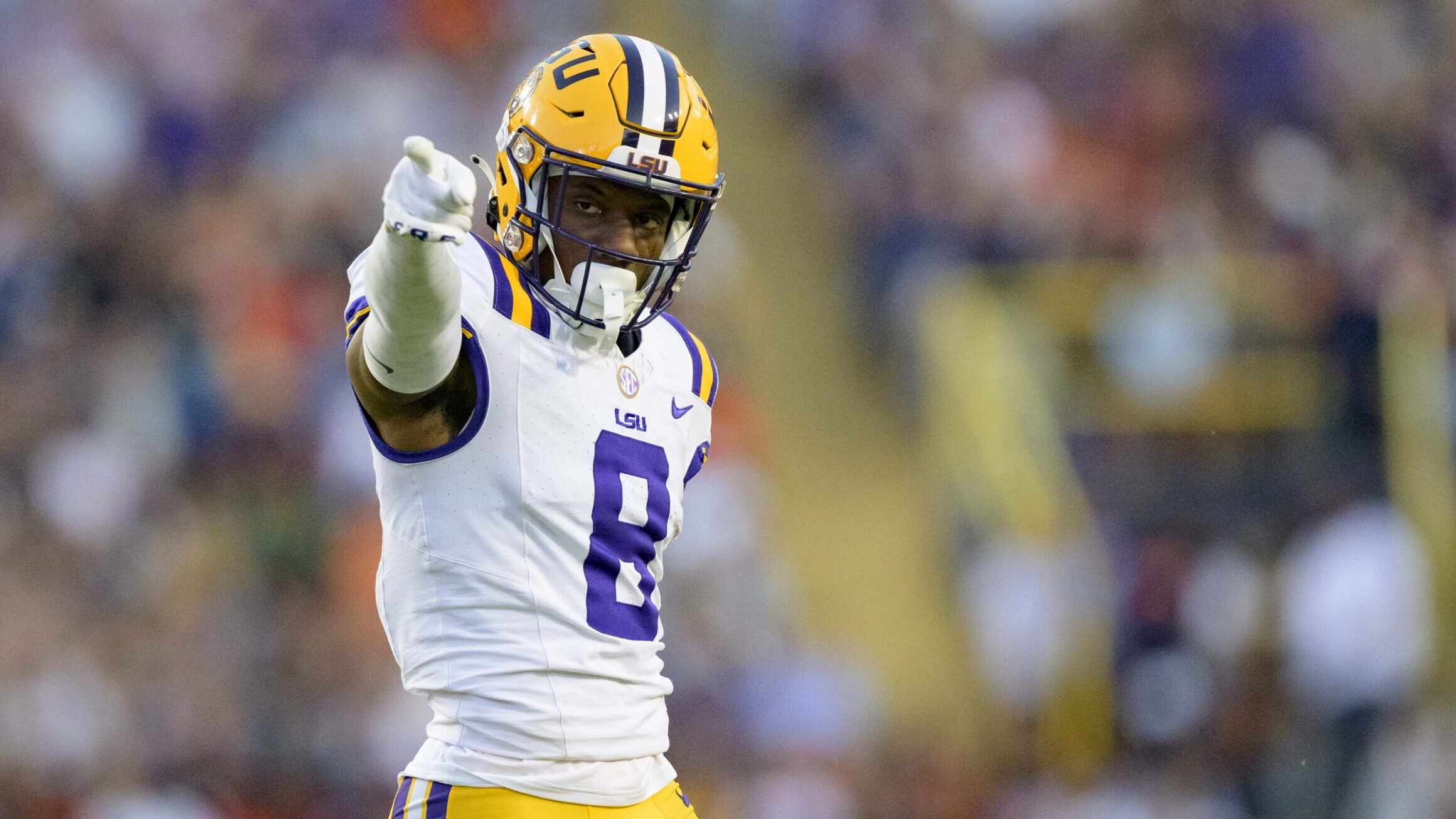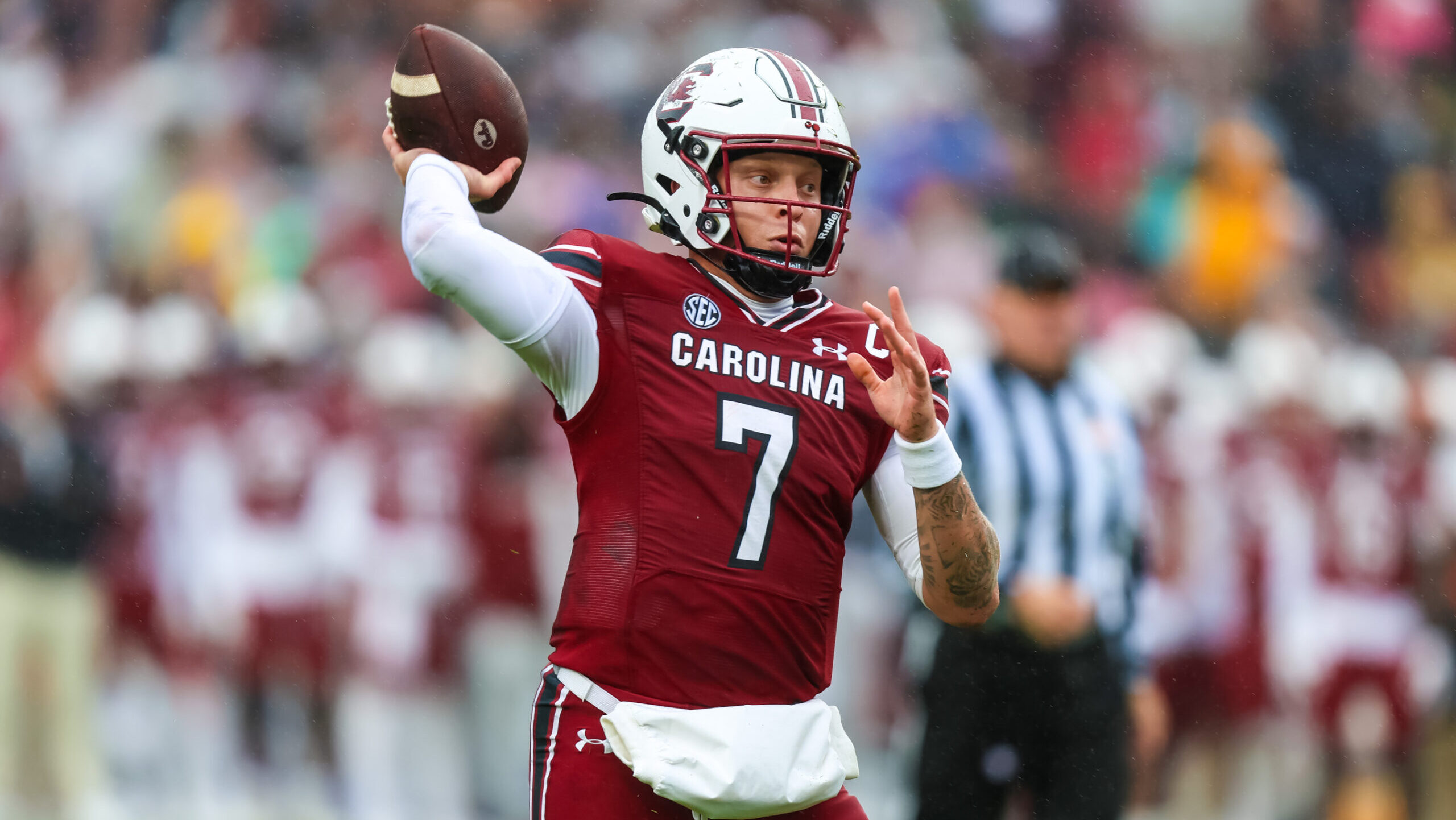Analysis
9/23/22
3 min read
Roughing it with Rib Injuries
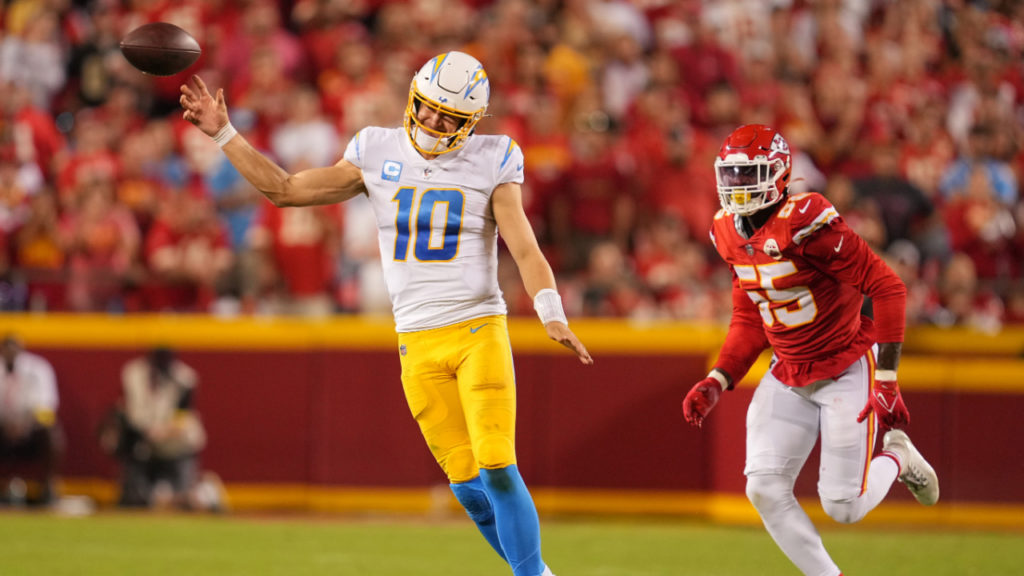
Irony has a strange way of presenting itself. Three days after Chargers quarterback Justin Herbert suffered a fracture to his rib cartilage, news surfaced that former quarterback Tyrod Taylor had filed a medical malpractice lawsuit against their team doctor, David S. Gazzaniga. The events that led to the lawsuit are the same events that lead to Herbert’s first career start.
Prior to the Chargers' Week 2 matchup against the Chiefs during the 2020 season, Taylor suffered a punctured lung after being treated with a series of pain-killing injections for his own rib injury. In essence, the medical team that hospitalized Taylor is now responsible for the care of Herbert, who has been able to practice in a limited capacity this week and is currently considered day-to-day heading into Week 3. Typically, Herbert’s injury could sideline an athlete for 2-4 weeks due to the elevated levels of pain and its associated limitation in movement and function.
As for the details surrounding the lawsuit, they are quite interesting, but they are beyond the subject matter of this article. Our focus will pertain to the implications and management of rib injuries.
For clarity, although both Taylor and Herbert suffered rib fractures, Taylor’s occurred to his osseous (bone) component and Herbert’s occurred at his chondral (cartilage) component. This distinction is important as it influences the diagnostic ways to identify the injury as well as impact the management of it.
Let’s discuss Justin Herbert’s rib injury and the details that have been revealed. After that, we’ll compare his case to the typical management and timeline for return to play.
Often, a chondral rib fracture will not be evident with a plain X-ray, and this was the case for Herbert. Early reports stated that initial imaging was negative, and further testing revealed the extent of his injury. His injury is often accompanied by significant pain, swelling at the junction between the cartilage and abdominal muscles, and a possible “clicking sensation” with twisting motions.
Pain is typically the primary limitation to return to play, as long-term ramifications or re-injury have not been supported at this time. Initial treatment begins with rest to allow acute pain to subside before returning to activity. Form-fitted rib protectors are often used to protect the injured area as activity resumes.
Due to the high levels of pain associated with this injury, local anesthetic blocks, like the ones Taylor received, are commonly used to assist a player’s return to play. Some physicians will report less predictable pain relief for a cartilage fracture as compared to the ones involving the bone. We don’t know whether Herbert will receive this type of treatment.
For what it’s worth, the site used for an anesthetic block for a cartilage rib fracture is considered relatively safe. And there are rare cases, like Taylor’s, where a punctured lung occurs, but these cases involve bone fractures. The rib cartilage is a site for core muscle attachment and is constantly moving throughout the day as we breathe.
We will have to monitor Herbert’s progress as Week 3 approaches and watch the situations of other athletes dealing with rib injuries: Alvin Kamara and Jerry Jeudy. Although the details of their injuries have not been specified, rib injuries are primarily limited by pain. If you have injured your ribs before, EVERYTHING hurts!
James Rodriguez PT, DPT contributed to this report


